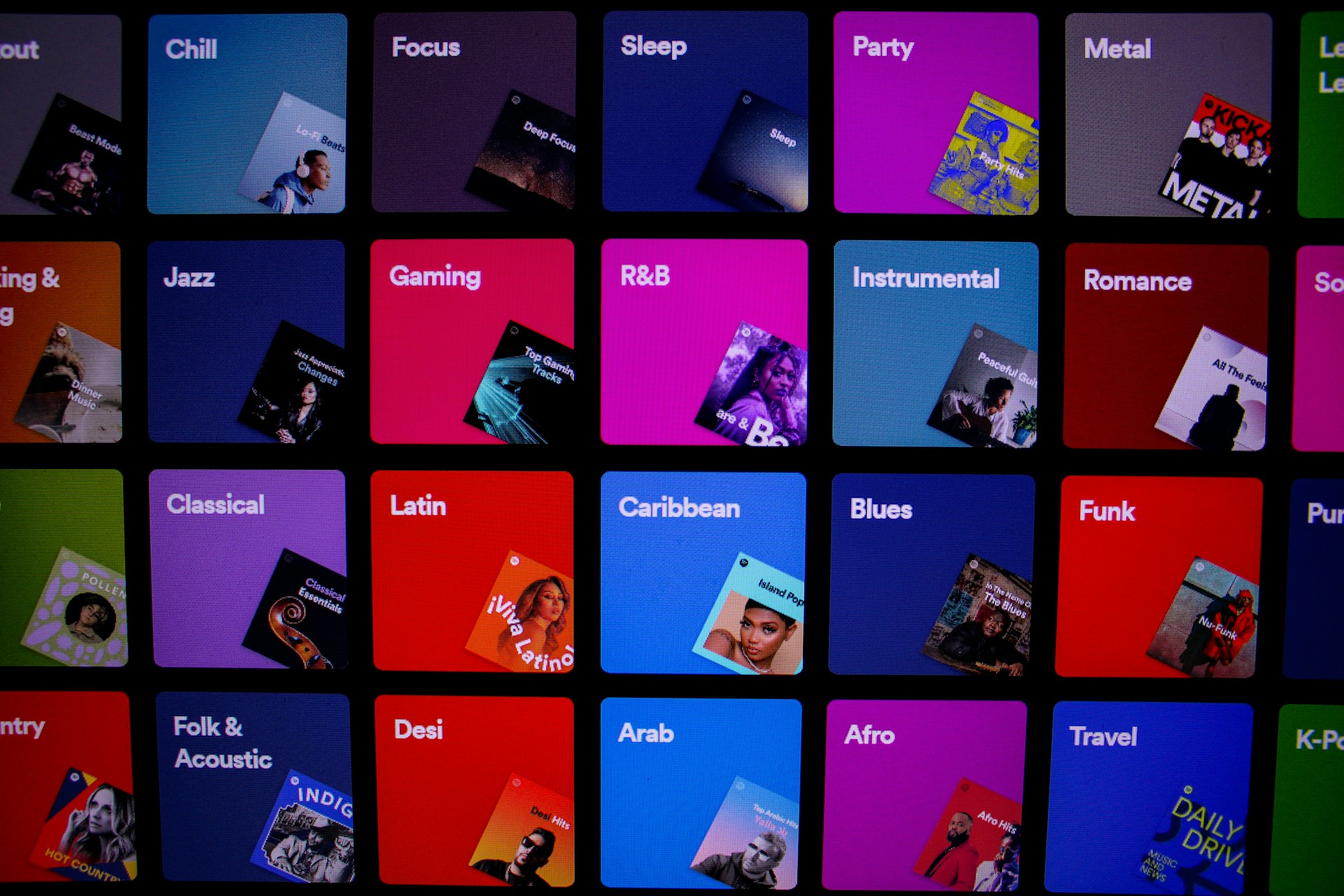
Life&Style’s Kaashvi Talwar reflects on whether Spotify Wrapped has made us more performative with our media choices
Spotify Wrapped is an annual event in which users are given a personalised summary of their music stats; this includes top five artists and songs, top genre, and the amounts of minutes users listened to music for. The app’s analysis is extremely detailed, associating particular aesthetics with an individual, solely reflective of their music preferences and discoveries. Does this heightened awareness of data tracking motivate users to intentionally listen to a certain artist to manipulate the outcome of their Spotify Wrapped? Does this cause individuals to defy their true music interests, instead conforming to the trending songs and artists?
Does this heightened awareness of data tracking motivate users to intentionally listen to a certain artist?
Spotify states that it is the ‘world’s most popular audio streaming’ service with ‘more than 640 million users’. Therefore, Spotify Wrapped is available to anyone who uses the app, regardless of subscriptions. This is significant as the overwhelming number of users demonstrates the potency and prevalence of Spotify Wrapped within friendship groups, families and media. As Spotify Wrapped was distributed slightly later than previous years in 2024, many were in constant anticipation of its release, highlighting the importance placed around its conclusions as to whether expectations will be fulfilled or subverted, and how people will be viewed. Thus, society’s obsessiveness over the revelations suggests the defining impact it has upon individuals, as if a person’s character is defined by these results.
Following its release, Spotify Wrapped exploded onto social media platforms, such as Instagram and TikTok, in which creators discussed their results, whether joyously celebrating, surprised, or embarrassed by the outcome. Through the knowledge that our music consumption is tracked and categorised, Spotify Wrapped demonstrates how users are becoming increasingly performative as this app exists as a representative of an individual. Social media escalates this pretence by creating an expectation for all users to share their results, as evident in the Instagram stories of influencers, celebrities, and non-celebrities that advertised their stats. This pressure is furthered by the colourful and visually appealing summaries Spotify creates, as if its sole purpose is to be shared, discussed and analysed by all.
Users are becoming increasingly performative
Whilst Spotify Wrapped creates a community in which people can share their experiences of music and find others with similar interests, this is likely to lead to competitiveness within fanbases. Spotify defines each user’s devotion to an artist by categorising them as a percentage of the artist’s total listeners. This numerical categorisation produces a hierarchy, creating a race between fans in which the prize is to be the top listener. By doing so, many fans are likely to repeatedly listen to a certain artist to achieve this, the sole means of proving your worthiness as a fan and devotion to an artist. This illustrates the insincerity and pretentious impact of Spotify Wrapped, inextricably linked to the self-branding focus of social media. Consequently, people are influenced to craft a persona and utilise the data from Spotify Wrapped to align their musical preferences with their branding, maintaining consistency. By doing so, aesthetics and attributes, such as colours and seasons, are associated with fans of artists, as if fans must conform to these particular vibes, generating a loss of individuality.
Numerical categorisation produces a hierarchy, creating a race between fans in which the prize is to be the top listener
Ultimately, Spotify Wrapped and other apps with similar tracking features, such as LetterBoxd and GoodReads, largely influence the way in which media is consumed. Despite efforts to enjoy the music we love, the pressure of tracked stats is potent, causing many to submit to it. Therefore, we prioritise the external perception of ourselves by engaging with music that is trendy to create a favourable façade, distorting the reality of our listening preferences and characters.
Read More from Life&Style:
Comments